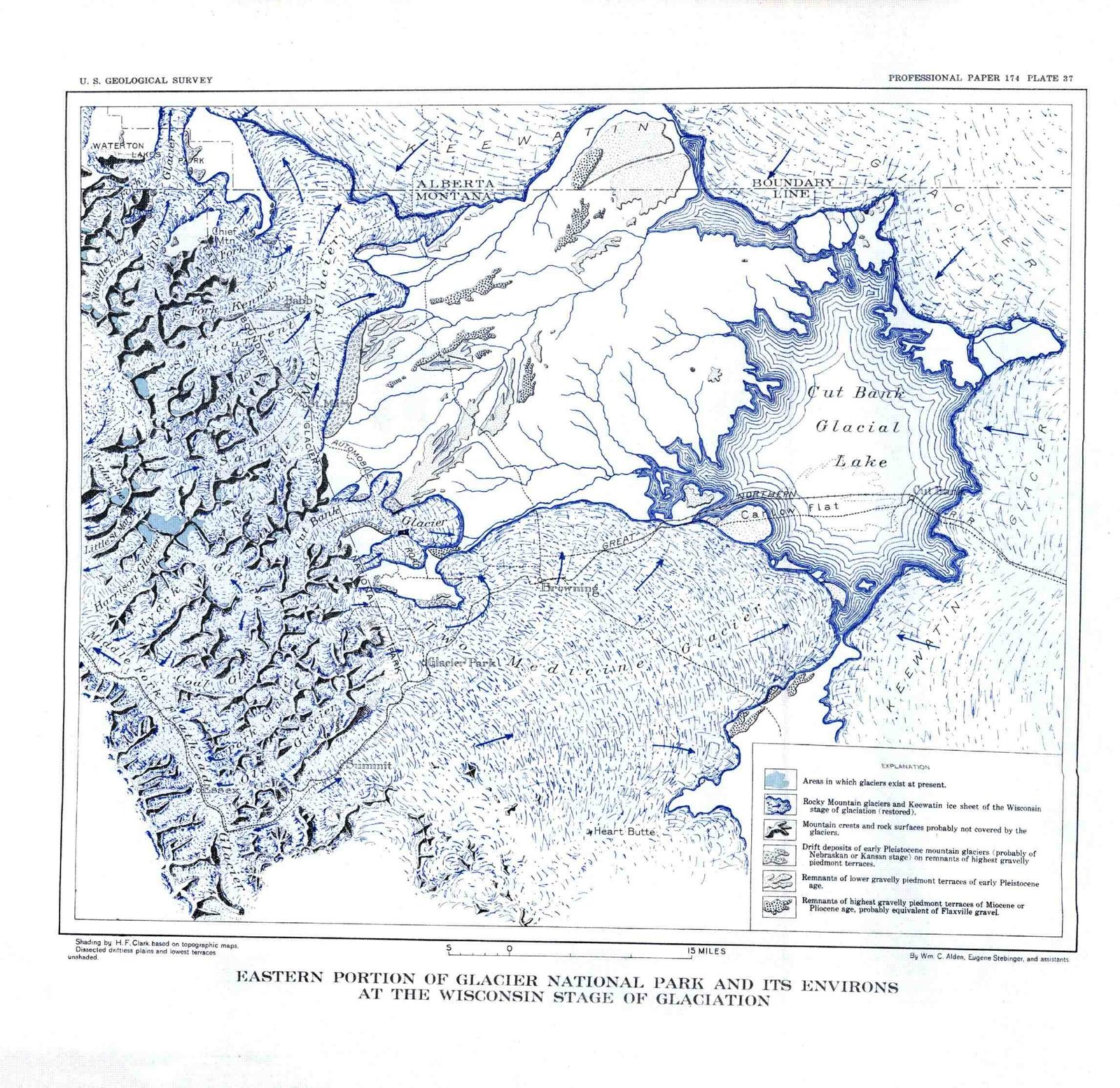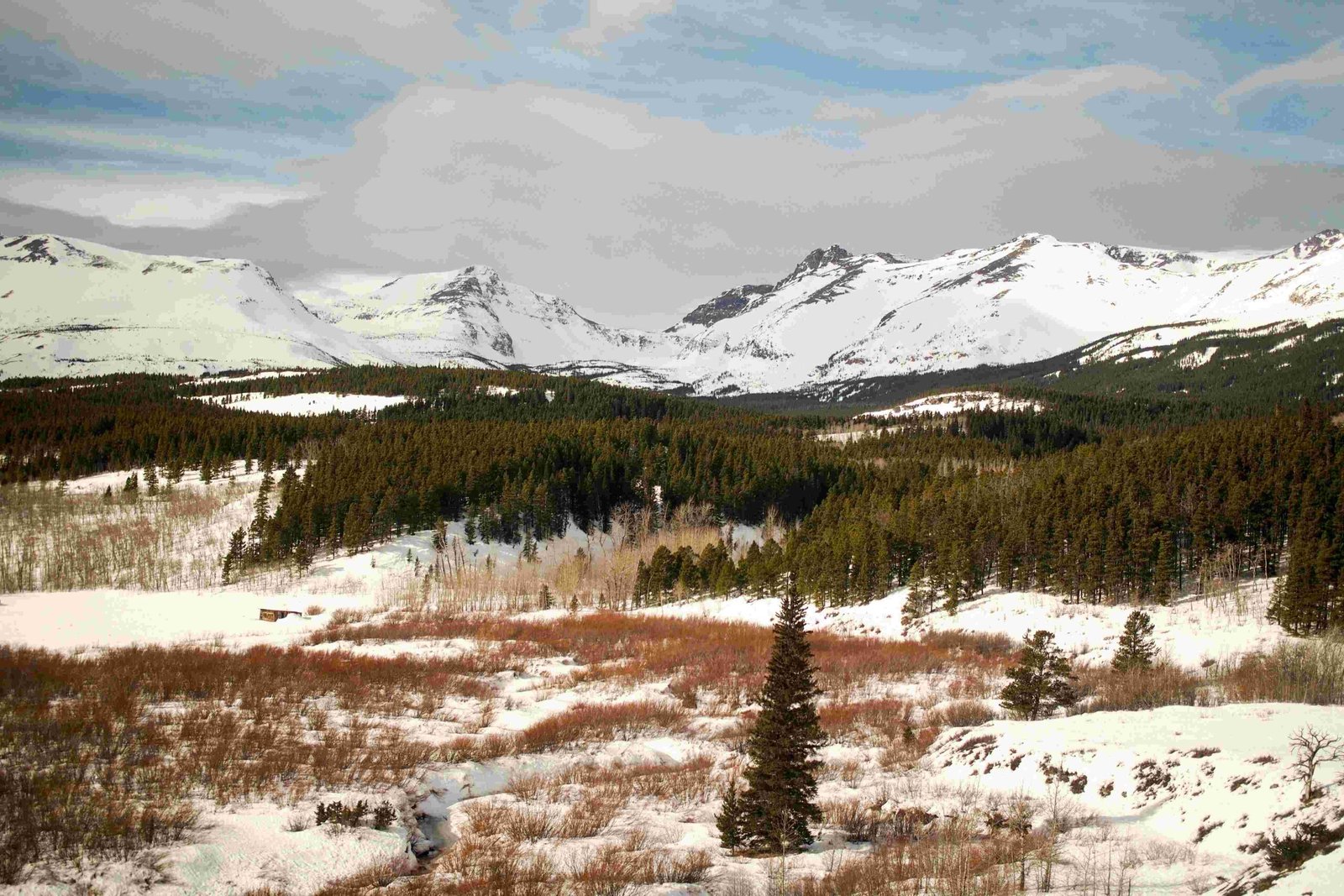Glacier National Park information display systems are designed to educate and orient visitors about the park’s natural wonders, cultural heritage, and safety guidelines. These displays, found in visitor centers and throughout the park, include interpretive signage, brochures, and interactive exhibits. The Logan Pass and Saint Mary Visitor Centers serve as primary hubs for information dissemination, featuring unique architectural designs that complement the park’s rugged beauty while providing essential resources for visitors.
What Are the Key Features of Glacier National Park’s Visitor Centers?

Logan Pass Visitor Center
The Logan Pass Visitor Center stands as a testament to the Mission 66 architectural style, blending seamlessly with its alpine surroundings. Key features include:
- Broad, gently sloping roof
- Native stone and glulam timber construction
- Two main levels within a single-story enclosure
- “Fireplace Room” with concrete hearth and copper hood
- Upper level housing interpretive exhibits
- Information desk (relocated to upper level in 1992)
- Semi-separated toilet facilities below the lower level
- Total area of approximately 3,600 square feet
Saint Mary Visitor Center
Designed by Burt L. Gewalt, the Saint Mary Visitor Center offers a unique layout tailored to maximize visitor experience:
- One-story, irregular T-shaped plan
- Exhibit Room showcasing park geology and biota
- Lobby with panoramic mountain views
- Auditorium for video programs and ranger talks
- Symmetrically pitched gabled roof over northwest auditorium wing
- Asymmetrically pitched gabled roof over southeast Lobby and Exhibit Room
- South elevation of Exhibit Room set back for enhanced mountain vistas
- Total area of about 4,000 square feet
How Does Glacier National Park Convey Information Through Brochures and Signage?

Informational Brochures
While specific quantities are not provided, visitor centers offer a diverse range of brochures covering:
- Park geology
- Local flora and fauna
- Trail information
- Cultural history
- Safety guidelines
These materials are strategically designed to provide essential information and enhance visitor orientation.
Interpretive Signage
Interpretive signs play a crucial role in educating visitors about Glacier National Park’s unique features:
- Placement: Strategic locations such as trailheads, pull-outs, and within visitor centers
- Topics covered:
- Park geology
- Wildlife diversity
- Native American history (Blackfeet, Salish-Pend d’Oreille, and Kootenai tribes)
- Ecological significance
What Accessibility Features and Resources Are Available at Glacier National Park Visitor Centers?
Both the Logan Pass and Saint Mary Visitor Centers prioritize accessibility and offer a range of resources:
Accessibility Features
- Wheelchair-accessible entrances and facilities
- Restrooms designed for universal access
- Information desks at appropriate heights
Available Resources
- Interpretive exhibits
- Video programs
- Ranger-led talks and walks
- Retail book sales
- Resource protection information
- Safety guidelines
- Educational materials upon park entry
What Unique Challenges Face Glacier National Park’s Information Displays?
Logan Pass Visitor Center Challenges
- High altitude location
- Harsh weather conditions
- Limited seasonal accessibility (late May to early October)
- Maintenance difficulties due to extreme environment
Saint Mary Visitor Center Considerations
- Design maximizes mountain views
- Incorporates projection room for auditorium use
- Recognizes historical and contemporary Native American tribal connections
How Do Glacier National Park’s Information Displays Contribute to Visitor Experience?
Glacier National Park’s information displays serve multiple crucial functions:
- Orientation: Help visitors navigate the vast park landscape
- Education: Provide in-depth knowledge about park ecosystems and geology
- Safety: Offer critical information on wildlife encounters and trail conditions
- Cultural Awareness: Highlight the park’s rich Native American heritage
- Conservation: Promote responsible tourism and environmental stewardship
Impact on Visitor Experience
| Aspect | Contribution |
|---|---|
| Knowledge | Enhances understanding of park’s natural and cultural significance |
| Safety | Equips visitors with essential information for a secure visit |
| Navigation | Assists in planning and executing park explorations |
| Appreciation | Fosters a deeper connection with the park’s diverse ecosystems |
| Responsibility | Encourages sustainable and respectful park usage |
What Future Developments Are Planned for Glacier National Park’s Information Displays?
While specific future plans are not detailed in the provided sources, potential developments could include:
- Integration of digital technologies for interactive displays
- Expansion of multilingual information resources
- Enhanced accessibility features for visitors with diverse needs
- Updated exhibits reflecting latest scientific research on climate change impacts
- Increased focus on Native American perspectives and traditional ecological knowledge
Glacier National Park’s information display systems continue to evolve, adapting to changing visitor needs and environmental conditions. By blending architectural ingenuity with comprehensive educational resources, these displays play a vital role in preserving and sharing the park’s natural and cultural heritage for generations to come.
References:
1. Logan Pass Visitor Center – Wikipedia
2. Saint Mary Visitor Center, Entrance Station and Checking Stations – NPS History
3. St. Mary Visitor Center, Glacier National Park – Flickr